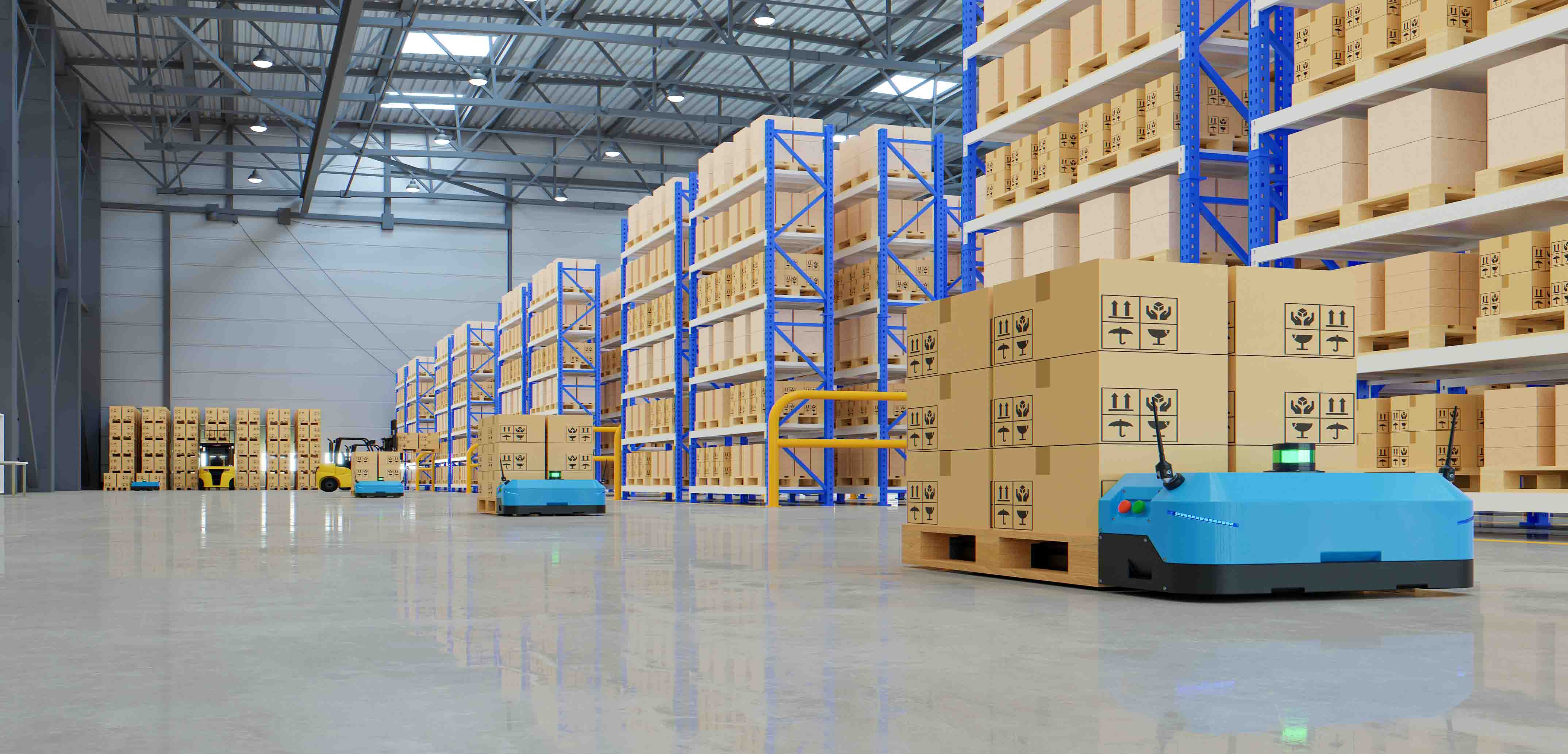As we know, logistic management systems play a crucial role in ensuring smooth warehouse operations and delivery management. These systems encompass various tools and technologies that help optimise transportation routes, track shipments, manage carriers, and monitor delivery status. By integrating these technologies with a warehouse management system (WMS), businesses can achieve end-to-end visibility and control the entire supply chain, leading to improved customer satisfaction, reduced costs, and enhanced operational efficiency.
Transforming Warehousing
VR and AR technologies can be used for training warehouse staff, simulating layouts, and enhancing order picking accuracy and speed. Voice picking and voice-directed warehouse operations allow workers to receive instructions and communicate with warehouse systems using voice commands, improving productivity and accuracy. The utilisation of barcode or radio frequency identification (RFID) readers in warehouse operations can have a profound impact on improving transaction accuracy and reducing picking errors. These technologies provide reliable and efficient methods for tracking inventory and ensuring precise inventory management. Barcode readers are widely used in warehouses to capture and decode information encoded in barcodes attached to products or storage locations.
When a barcode is scanned, the reader quickly and accurately captures the data, allowing for seamless identification of items and their associated information. This technology enables warehouse personnel to precisely locate and track inventory, minimising errors caused by manual data entry or visual identification. The University of Arkansas conducted a study called the "Consumer-Driven Supply Network (CDSN) initiative" which focused on the use of RFID in retail environments. The study found that the implementation of RFID technology led to a 26% reduction in out-of-stocks, thereby improving inventory accuracy and enhancing operational efficiency.
Robots can be utilised for various tasks, including picking, packing, sorting, and palletizing. Automated guided vehicles (AGVs) and autonomous mobile robots (AMRs) can streamline material movement within the warehouse. This reduces the time required for put-away activities and helps maintain an organised and easily accessible inventory. IoT devices, such as sensors and smart tags, can be deployed in warehouses to monitor environmental conditions (temperature, humidity), track assets, and optimise resource allocation.
Route optimization is a critical aspect of warehouse operations, especially in large or complex facilities where there may be a multitude of aisles, racks, and storage locations. By leveraging a route optimization software, businesses can automate and optimise the routing process, ensuring that workers follow the most efficient paths to complete their picking or put-away tasks. When it comes to picking, it can help analyse various factors such as product locations, order priorities, and proximity to minimise travel time and maximise productivity. By intelligently grouping orders or batch-picking items, the system can suggest the most efficient sequence of picks, reducing unnecessary backtracking and optimising the use of time and resources. Streamlined approaches minimise worker fatigue and increases the number of orders that can be fulfilled within a given timeframe. Similarly, in the put-away process, technology can help in locating optimal routes for moving items from receiving areas to their designated storage locations.
Unlocking Logistics Potential
Warehousing plays a crucial role in the success of businesses across various industries. The benefits it offers are extensive and can significantly impact the overall efficiency, profitability, and customer satisfaction of an organisation. First and foremost, warehousing enables businesses to effectively manage their inventory. By providing a centralised storage location, warehouses ensure that goods are stored in a systematic manner, making it easier to track, organise, and retrieve items when needed. This leads to improved inventory control, reduced stockouts, and enhanced order fulfilment capabilities.
With well-designed warehouse layouts and optimised processes, businesses can streamline the flow of products from suppliers to customers. This not only reduces transportation costs but also minimises handling and storage expenses. Warehousing also allows for consolidation and cross-docking, enabling businesses to achieve economies of scale and maximise operational efficiency. Its benefits extend beyond storage and inventory management, impacting the entire supply chain. When combined with advanced logistic management systems, warehousing becomes a powerful tool for businesses to stay competitive in today's dynamic marketplace.
